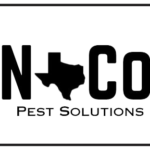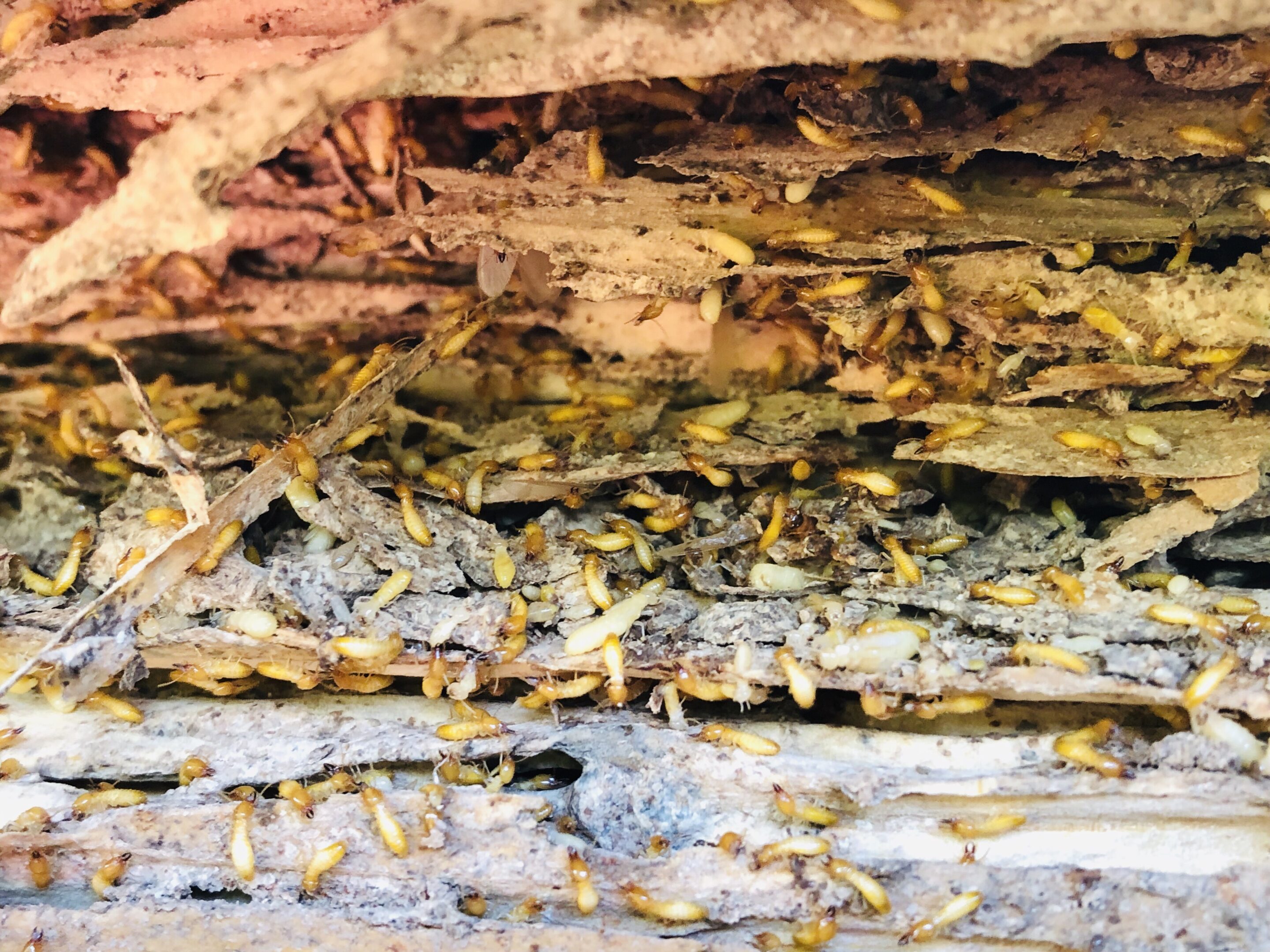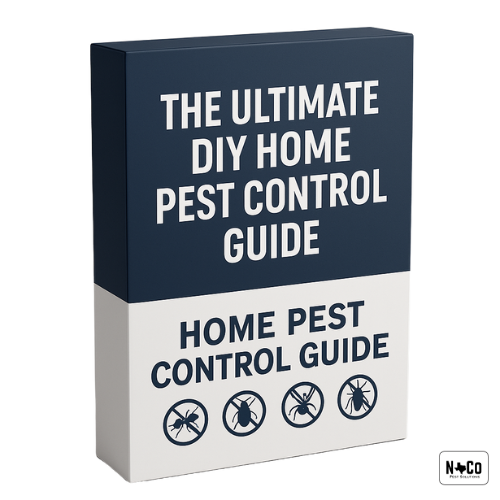Termite damage can often go unnoticed until severe because these destructive pests work quietly inside wooden structures, away from plain sight. Understanding what termite damage looks like can help you catch an infestation early, saving thousands of dollars in repair costs. Here’s what to look for when inspecting your property for termite damage.
Further information about our Texas based Termite Treatments
Wood Damage Patterns
Hollowed Wood with an Intact Surface
One of the most distinctive characteristics of termite damage is wood that appears normal on the outside but is hollow or damaged on the inside. Termites typically eat wood from the inside out, leaving a thin wood veneer or even just paint intact. Tapping on termite-damaged wood often sounds hollow and may feel papery or soft when pressed.
Maze-Like Tunnels and Galleries
If you break open damaged wood, you’ll likely see distinctive maze-like patterns or tunnels running along the grain. In subterranean termite damage, these galleries are often packed with soil and excrement. Drywood termite galleries, on the other hand, tend to be clean and smooth.
Warped or Bubbling Surfaces
As termites consume wood and create moisture, the affected areas may warp, buckle or appear wavy. Wood floors might develop unusual bumps or sunken areas, while walls may show blisters or bubbling, especially in the paint or wallpaper.
Structural Indicators
Sagging Floors and Ceilings
Advanced termite infestations can compromise a building’s structural integrity. You might notice floors becoming springy, uneven or sinking in certain areas. Ceilings may develop sags or appear to be drooping, particularly near walls.
Doors and Windows That Stick
As termites damage door and window frames, the resulting moisture and structural changes can cause these fixtures to become misaligned, making them difficult to open or close properly. Damage to door and window frames is often one of the earliest noticeable signs of termite damage.
Crumbling Baseboards and Trim
Wooden baseboards, trim and molding are particularly vulnerable to termite attack. Look for sections that appear crumbled, pitted, or have developed small holes. These areas might also show signs of water damage even when no water source is present.
Secondary Evidence
Mud Tubes on Surfaces
While not damaging themselves, mud tubes are clear evidence of subterranean termite activity. These pencil-sized tunnels running along foundations, walls or between soil and wood structures indicate that termites actively travel between their colony and food source.
Frass Accumulation
Drywood termites produce small, pellet-like droppings called frass that they push out of their tunnels through tiny kick-out holes. These pellets often accumulate in small piles beneath infested wood and resemble sawdust or coffee grounds, though they’re distinctively six-sided upon close inspection.
Visible Wood Damage Near Soil Contact
Areas where wood meets soil are particularly vulnerable to termite entry. Check for damage in fence posts, deck supports, stairs and any wooden structures that contact the ground directly.
When to Call a Professional
Early detection of termite damage is crucial to preventing extensive structural problems.
Suppose you notice these signs in your Houston or Dallas/Fort Worth home. In that case, contacting a professional pest control service like NOCO Pest Solutions is essential for a thorough inspection. Remember that termite damage rarely improves and will only worsen without proper treatment.



